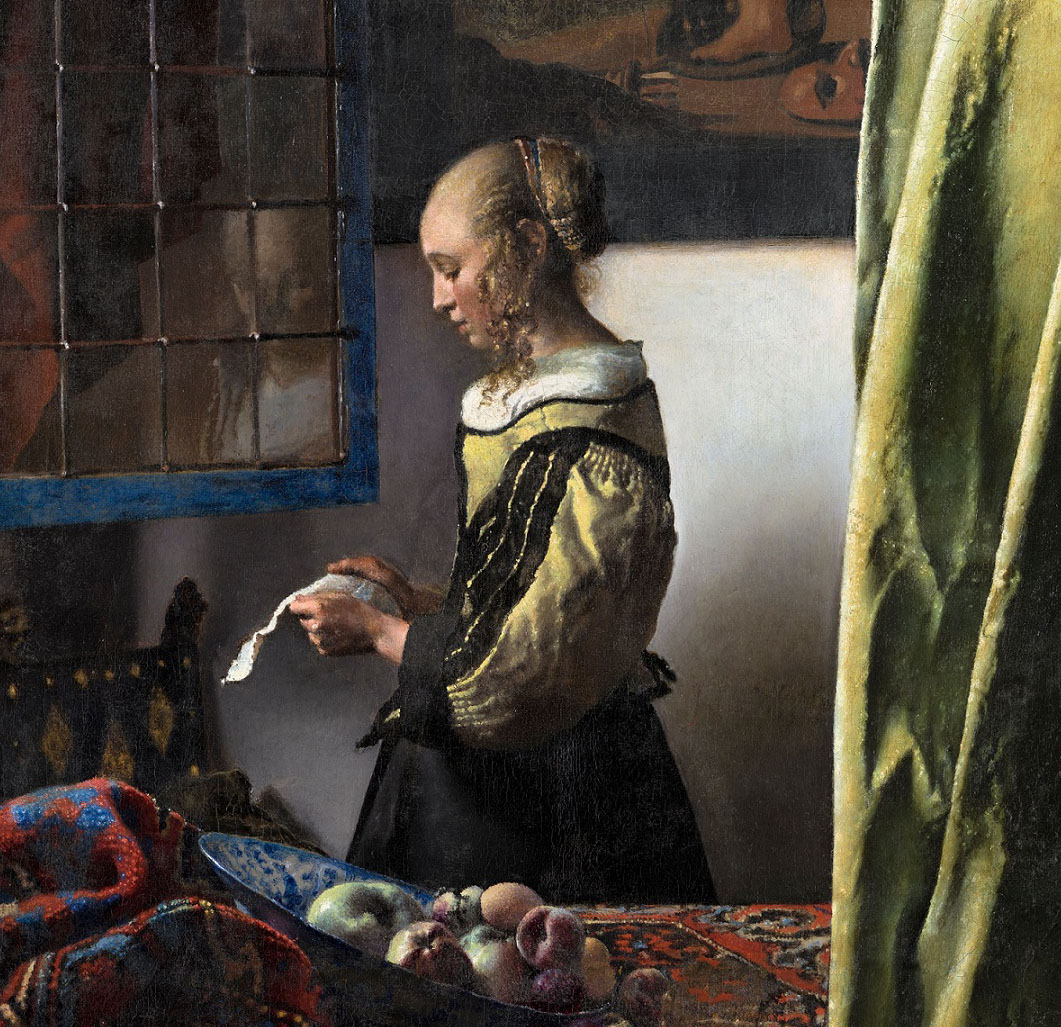Invitation to the press conference “‘All that glisters is not gold’: Friedrich the Wise (1463‒1525)”
24 March 2025Friedrich
500 years have passed since the death of Frederick III, who ruled Saxony as its wise and far-sighted prince-elector for almost forty years, spanning the transition from the Middle Ages to the modern era. The Münzkabinett (Coin Cabinet) of the Staatliche Kunstsammlungen Dresden (SKD) will mark this occasion with a temporary exhibition entitled “‘All that glisters is not gold’: Frederick the Wise (1463‒1525)”.
The coins and medals on show from 29 March 2025 until 11 January 2026 illustrate Frederick’s rich life and multi-layered significance as one of Saxony’s most eminent rulers. Specimens from the Münzkabinett’s own holdings will be complemented by major loans from the Kupferstich-Kabinett (Cabinet of Prints and Drawings), the Rüstkammer (Armoury), the Gemäldegalerie Alte Meister (Old Masters Picture Gallery) and the Skulpturensammlung bis 1800 (Collection of pre-1800 Sculptures).
The guilders, groschens and talers, like the documents, portraits and sculptures, tell a direct story about Frederick’s life and reign. In fact, Frederick was the first Saxon monarch whose portrait appeared on coins. Together with later depictions, these exhibits testify to decisions taken by the Elector in personal and family matters, but also on imperial and numismatic issues as he forged the reputation he still enjoys today as a wise and far-sighted elector.
Well-remembered is his role as the protector of Martin Luther. One reflection of this is a rare three-mark piece minted in 1917. This valuable silver coin bearing Frederick’s countenance, produced for the quadricentenary of the Reformation, was designed by Dresden’s medal engraver Friedrich Wilhelm Hörnlein. The Elector’s commitment to science, education and art was also noteworthy. Frederick the Wise founded the University of Wittenberg, appointed Lucas Cranach the Elder as his court painter and corresponded with Albrecht Dürer. Visitors will be able to trace the genesis of the portraits used for coins, comparing them with source material and other portraits of the Elector by the same artist and by others. The elector was a devout Christian who took part in several pilgrimages, gave thought to religious questions and immortalised his faith in mottos on coins of the period. He retained his prudent manner throughout his life and is said to have appealed in his latter years for the forces in the incipient Peasant Wars to refrain from violence.
On matters of mining and minting, the Ernestine Frederick had the foresight to consult with his Albertine relatives. The Electorate of Saxony owed its financial and hence political independence not to glistering gold, but to silver from the Ore Mountains, as the quote in the exhibition title – a nod to Frederick’s love of a good adage ‒ suggests. Frederick appreciated coins and medals not only for their commercial value but also as a strategic tool in political communication and symbolisation. One example is the “klappmützentaler”, named after the hat fashionable at the time, which still intrigues scholars today. The coin featured not only Frederick, but also his brother John and cousin Duke George.
